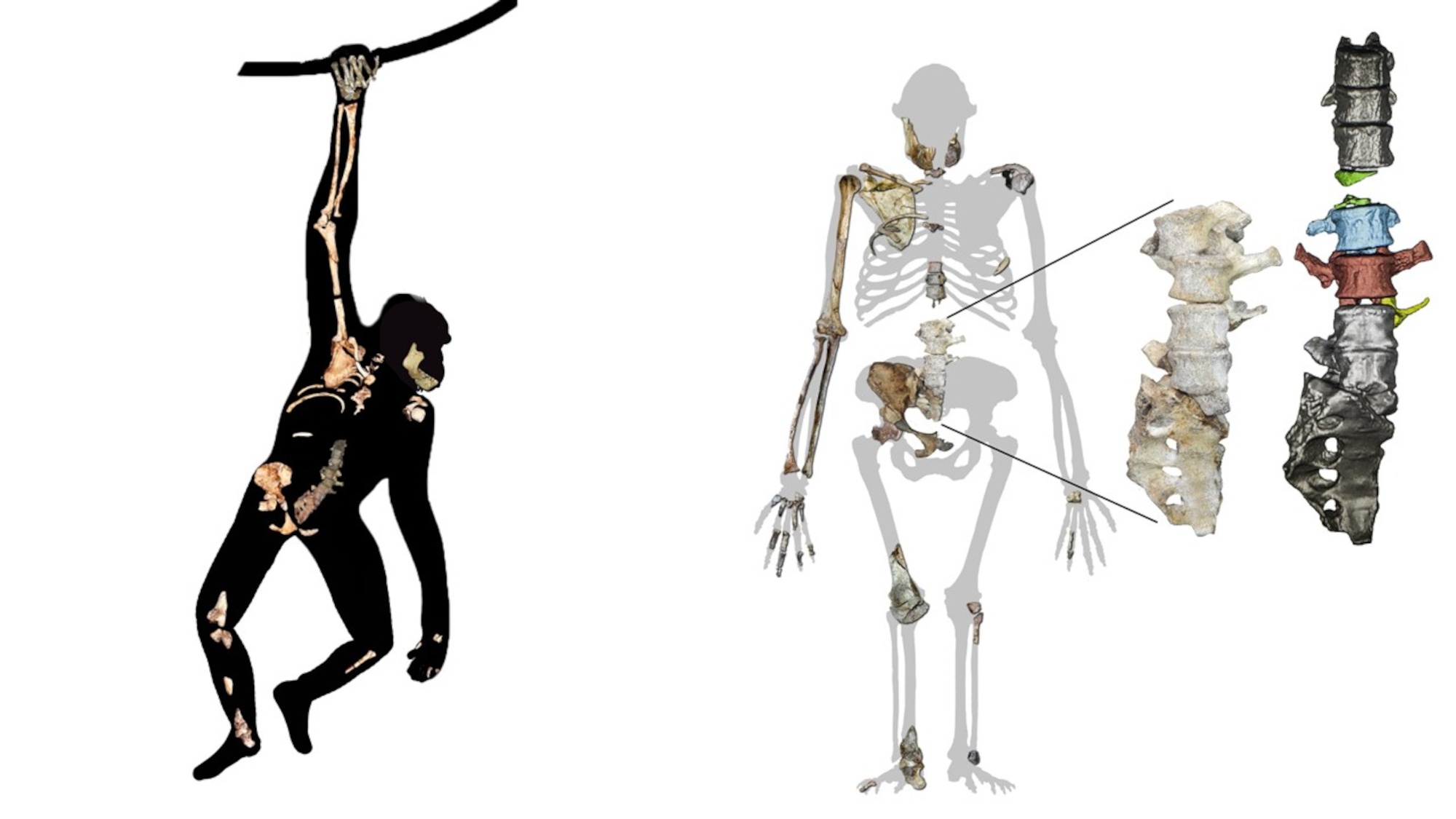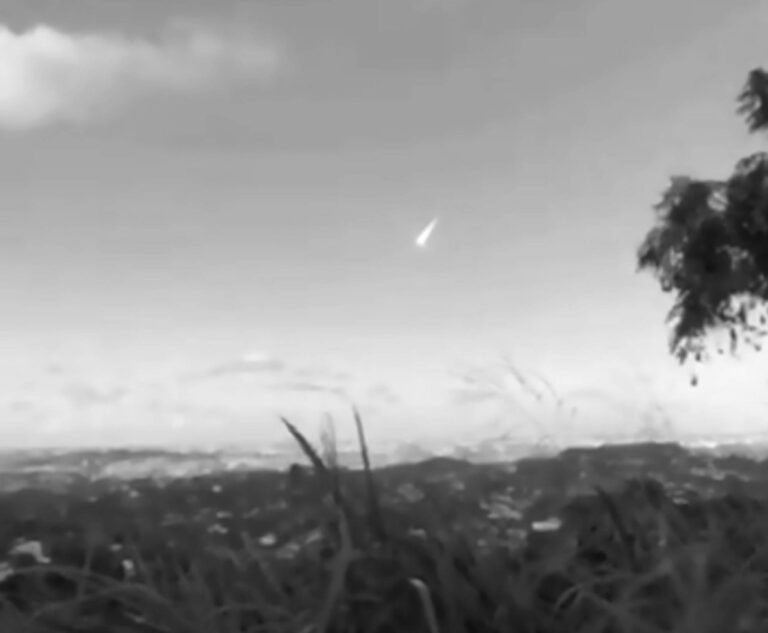An international team of scientists has confirmed that this ancient ancestor of humans from nearly two million years ago that was unearthed in Africa’s Cradle of Humankind is a missing-link species that could both walk upright and climb trees like an ape.
Australopithecus sediba is an extinct species of early hominin, some bones of which were found in Malapa cave, which is a fossil-rich archaeological site located about 28 miles north-west of the city of Johannesburg in South Africa.
And now scientists have pieced together how the early hominins “used their upper limbs to climb like apes and their lower limbs to walk like humans”.
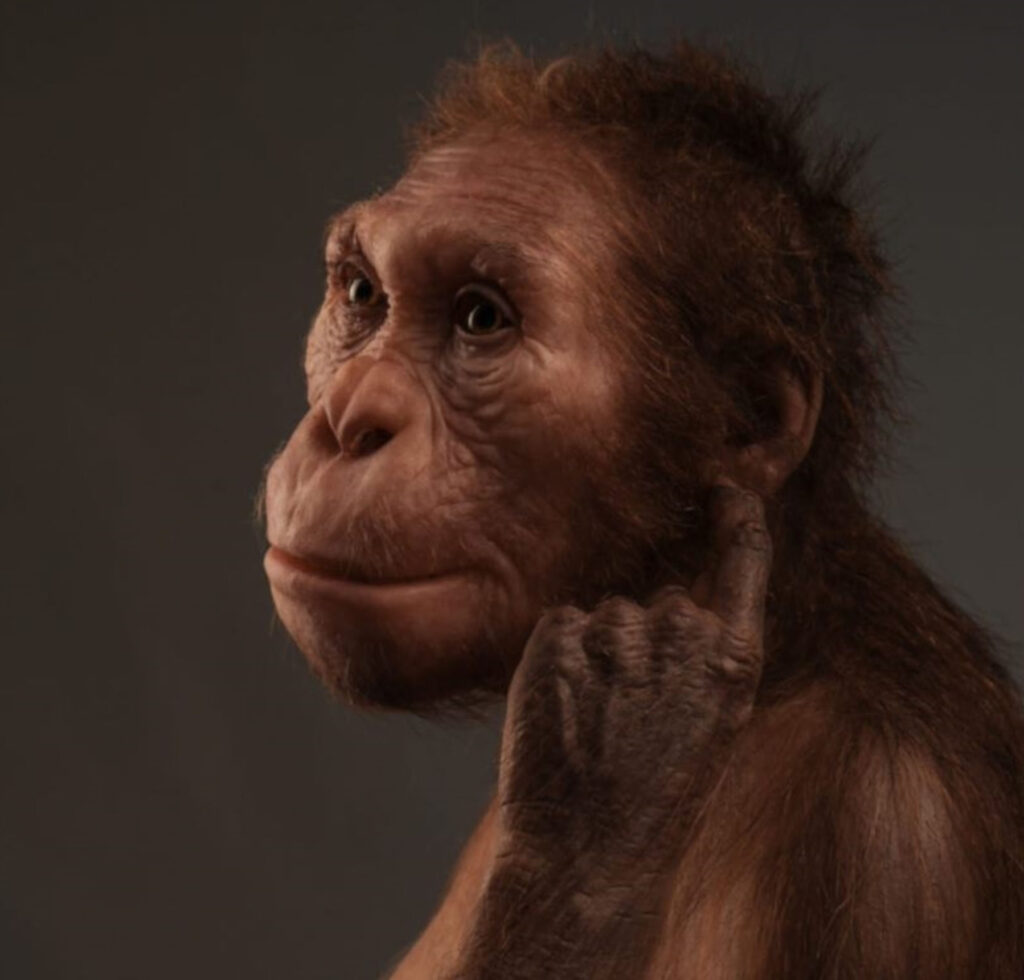
(Elisabeth Daynes-S. Entressangle/Newsflash)
The National Research Centre on Human Evolution (‘Centro Nacional de Investigacion sobre la Evolucion Humana’; CENIEH), which is located in Burgos, Spain, released a statement saying: “These vertebrae can be considered the ‘missing link’ that resolves a decades-long debate by showing that early hominins used their upper extremities to climb like apes and their lower extremities to walk like humans.”
And New York University (NYU) in the USA also released a statement saying that the “new lower back fossils are the ‘missing link’ that settles a decades old debate proving early hominins used their upper limbs to climb like apes and their lower limbs to walk like humans”.
NYU said that the study was the result of collaboration between experts at New York University, the University of the Witwatersrand in Johannesburg, “and 15 other institutions” after the bones were discovered in 2015 “during excavations of a mining trackway running next to the site of Malapa in the Cradle of Humankind World Heritage Site”.
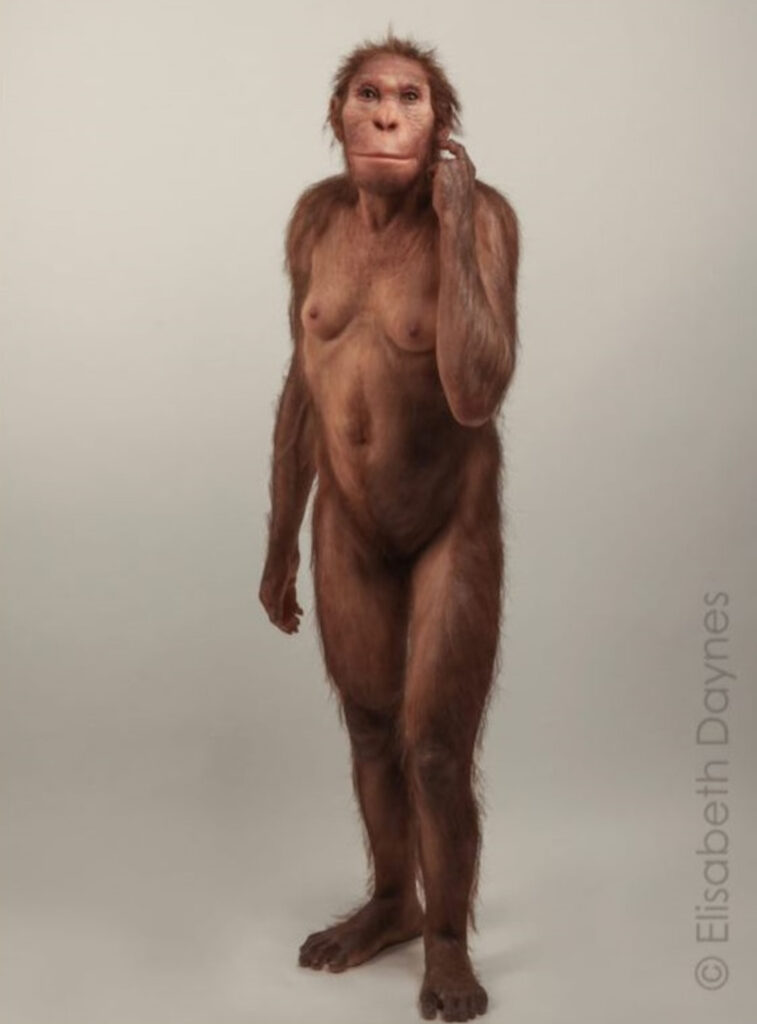
(Elisabeth Daynes-S. Entressangle/Newsflash)
NYU explained that the Malapa site is where Professor Lee Berger from the University of the Witwatersrand and his then nine-year old son Matthew discovered “the first remains of what would be a new species of ancient human relative named Australopithecus sediba” in 2008, with a partial skeleton unearthed in 2010.
Further digs took place and more fossils were found. The fossils which were found in 2015 and which have been dated back to about two million years ago, have now revealed their secrets, with Professor Scott Williams of NYU and Wits University, a lead author on the paper, saying: “The lumbar region is critical to understanding the nature of bipedalism in our earliest ancestors and to understanding how well adapted they were to walking on two legs.”
The bones recovered in 2015 match up with the partial skeleton unearthed in 2010. The CENIEH said in a statement that “the fossils were virtually reconstructed, after being scanned using computed microtomography, thus eliminating the risk of damaging the delicate bones.

(Elisabeth Daynes-S. Entressangle/Newsflash)
“Once virtually reconstructed, the vertebrae were added to previously recovered fossils, which perfectly articulated with the spine of the fossil skeleton MH 2, part of the original type specimens of Australopithecus sediba first described in 2010.”
The partial skeleton at the heart of the study is technically called “MH 2” but the researchers have nicknamed her – she is female – “Issa”, which means “protector” in Swahili.
Issa “is one of the first two hominid skeletons to retain both a relatively complete lower spine and the dentition of the same individual, which allows us to be certain about the species to which the spinal column belongs”, according to the CENIEH statement.
The NYU statement also said: “The discovery also established that like humans, sediba had only five lumbar vertebrae.”
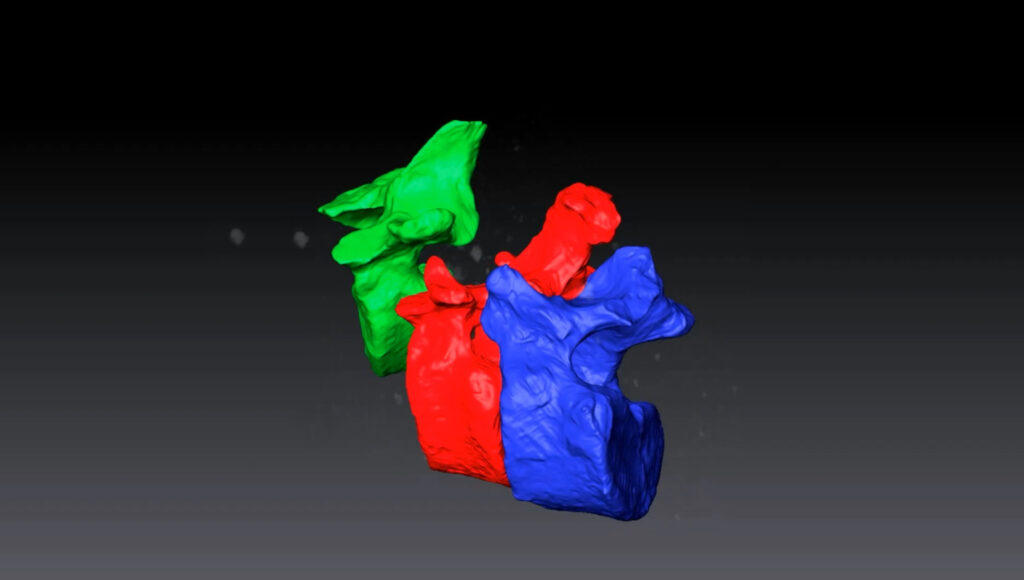
(Thierra Nalley/Newsflash)
Professor Berger, who is an author on the study and leader of the Malapa project, said: “While Issa was already one of the most complete skeletons of an ancient hominin ever discovered, these vertebrae practically complete the lower back and make Issa’s lumbar region a contender for not only the best-preserved hominin lower back ever discovered, but also probably the best preserved.”
The NYU statement said: “Previous studies of the incomplete lower spine by authors not involved in the present study hypothesised that sediba would have had a relatively straight spine, without the curvature, or lordosis, typically seen in modern humans.
“They further hypothesised Issa’s spine was more like that of the extinct species [Neanderthals] and other more primitive species of ancient hominins older than two million years.
“Lordosis is the inward curve of the lumbar spine and is typically used to demonstrate strong adaptations to bipedalism.
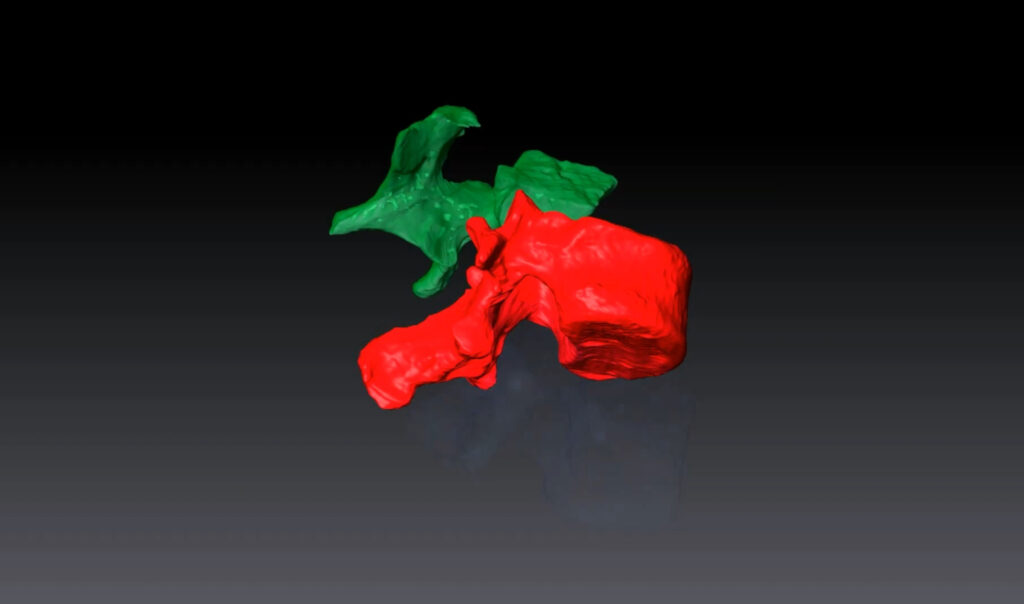
“However, with the more complete spine, and excellent preservation of the fossils, the present study found the lordosis of sediba was in fact more extreme than any other australopithecines yet discovered, and the amount of curvature of the spine observed was only exceeded by that seen in the spine of the 1.6-million-year-old Turkana boy (Homo erectus) from Kenya and some modern humans.”
The research was published in the academic magazine e-Life on 23rd November.
To find out more about the author, editor or agency that supplied this story – please click below.
Story By: Joseph Golder, Sub-Editor: William McGee, Agency: Newsflash
The Ananova page is created by and dedicated to professional, independent freelance journalists. It is a place for us to showcase our work. When our news is sold to our media partners, we will include the link here.

